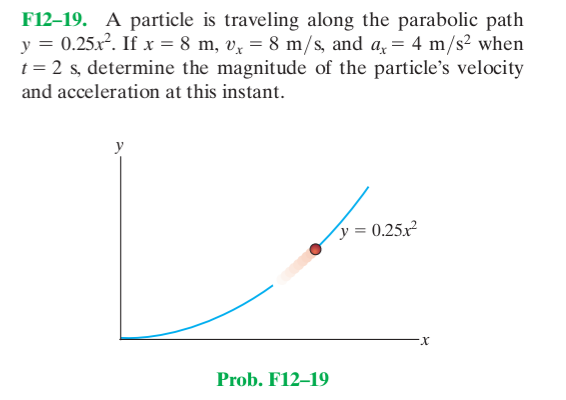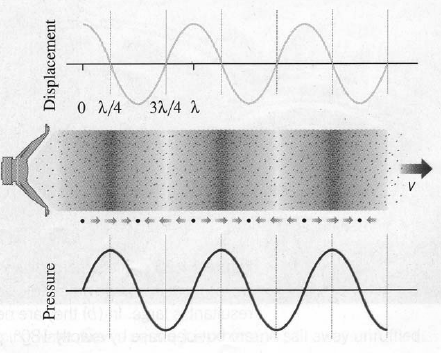
Very fast to instantaneous, depending on the lines of the web that are used Beyond that, instantaneous methods of travel are used unless traversable wormholes are discovered first. The emitted radiation is conical in shape, with a cone angle that depends on particle velocity and speed of light in the medium.īecause of the Big Bang and the fabric of space itself expanding, it seems that galaxies themselves move faster than light.įTL drives are significant for Type II civilizations. The displaced atomic electrons emit radiation to form a strong electromagnetic wave reminiscent of the sonic boom produced by an airplane traveling faster than the speed of sound in air. In glass or water, light typically travels around 70% of its speed in a vacuum, and it is possible for charged particles to travel faster than light in this medium. Tachyons, particles whose speed have to be faster than light, are used once the new laws of physics are discovered.Ĭherenkov radiation is emitted when a charged particle, such as an electron, passes through a transparent medium, such as glass or water, at a speed greater than the speed of light in that medium. Ways around these problems had to found via technology to effectively travel "faster than light" using spacetime warp displacement, hyperspace lanes, or natural cosmological structures like wormholes. There is also increasingly severe time dilation experienced by the traveler approaching the speed of light, and everything else ages as you travel. Mass gains weight as it accelerates and as it approaches the speed of light, it becomes infinitely heavy. With the old laws of physics, Einstein's special theory of relativity says that only particles with zero rest mass (like photons) may travel at the speed of light.

Superluminal is an adjective used for a speed or velocity exceeding the speed of light. Original article on LiveScience.Faster-than-light ( FTL) communications and travel are the propagation of information or matter faster than the speed of light. Heeck detailed his findings online July 11 in the journal Physical Review Letters.įollow us Facebook& Google+.

This means that if photons live for 1 quintillion years, from their perspective, they will only live about three years. Einstein's theory of relativity suggests when particles travel extraordinarily quickly, the fabric of space and time warps around them, meaning they experience time as passing more slowly than objects moving relatively slowly. Intriguingly, the speed that photons travel at means their extraordinary life spans will pass by quickly from their perspective. Einstein's theory of relativity "just states that no particle can travel faster than a massless particle," Heeck said. However, this assumption is based on the idea of the photon not having any mass. The idea of neutrinos that move faster than photons would seem to violate the notion, based on Einstein's theory of relativity, that nothing can travel faster than light. "The lightest neutrino, being lighter than light, would then actually travel faster than photons," Heeck said. In principle, each photon might decay into two of the lightest neutrinos. "It might well be that the neutrino is lighter than the photon," Heeck said.

Countless neutrinos rush through everyone on Earth every day with no effect. Neutrinos are ghostly particles that only very rarely interact with normal matter.

Assuming photons have mass, "there is only one particle we know from the Standard Model of particle physics that might be even lighter - the lightest of the three neutrinos," Heeck said. If photons do break down, the results of such decay must be even lighter particles, ones that would travel even faster than photons. (Lighter regions have more mass and darker have less.) (Image credit: ESA/NASA/JPL-Caltech) Here, a full-sky map from Planck showing matter between Earth and the edge of the observable universe. Scientific projects such as the Planck mission, aimed at measuring the afterglow of the Big Bang, could potentially detect signs of the decay of photons.


 0 kommentar(er)
0 kommentar(er)
